There’s something special about shaping a block of wood into something that feels alive under your hands. Whittling is simple, calming, and deeply satisfying. You don’t need a workshop or fancy gear—just a sharp knife, a bit of patience, and the right tools to get started.
If you’ve ever wanted to try carving but never knew where to begin, this is your sign. Let’s help you find a whittling kit that fits your hands, your pace, and your curiosity.
Why Whittling Is the Perfect Hobby to Begin With
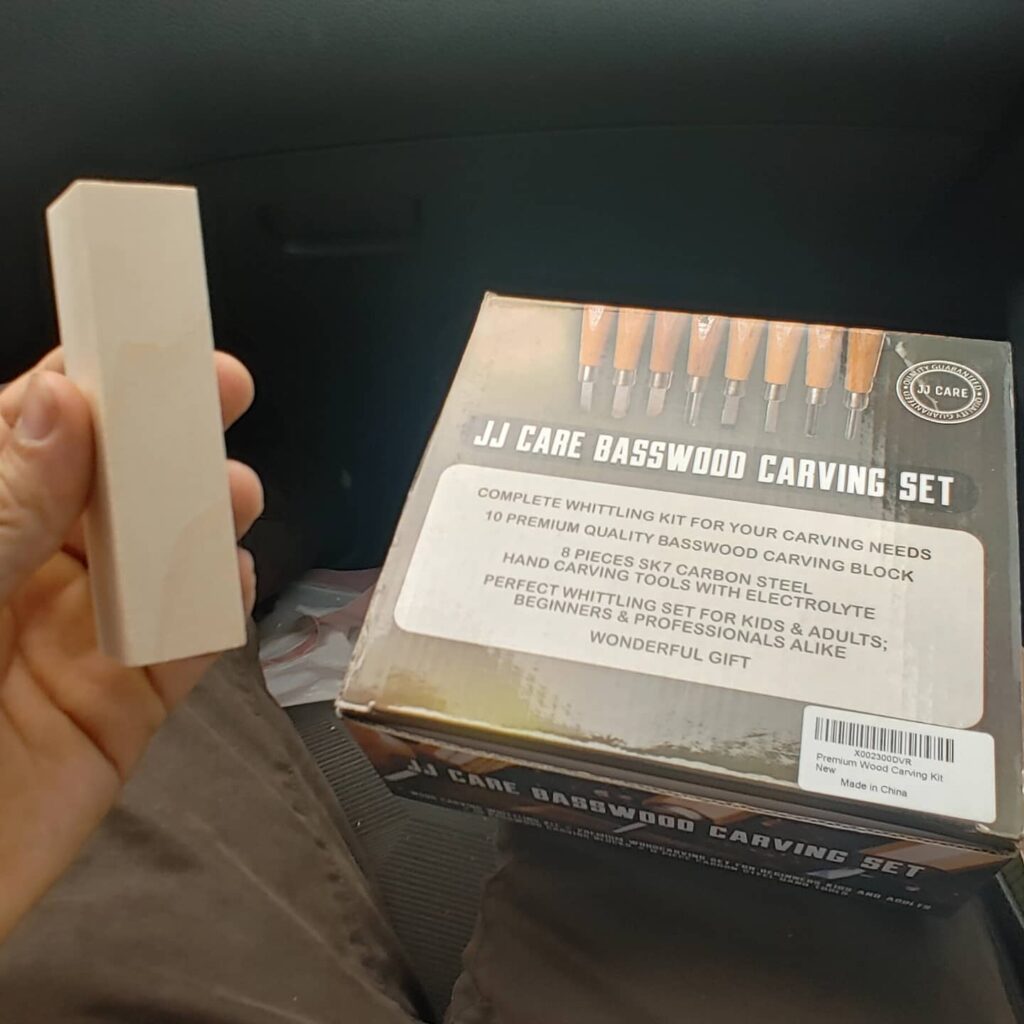
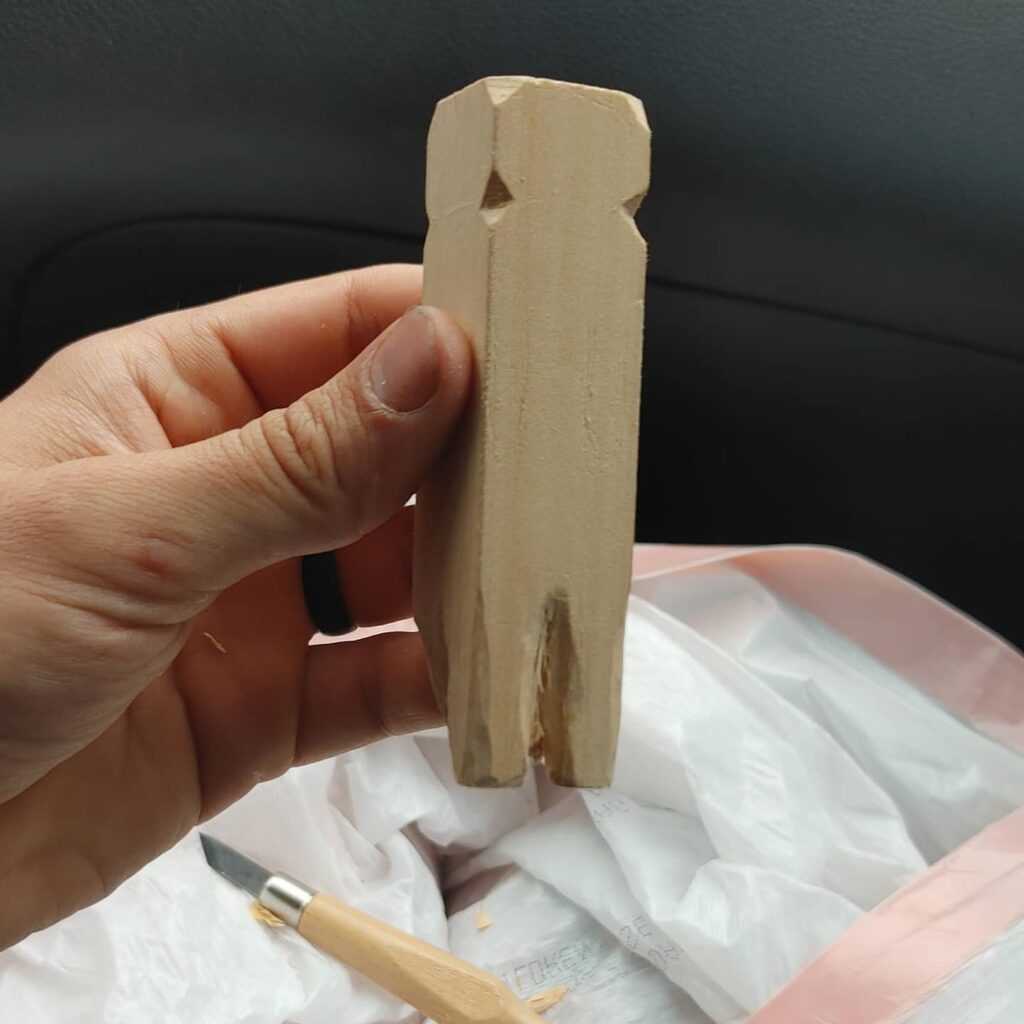
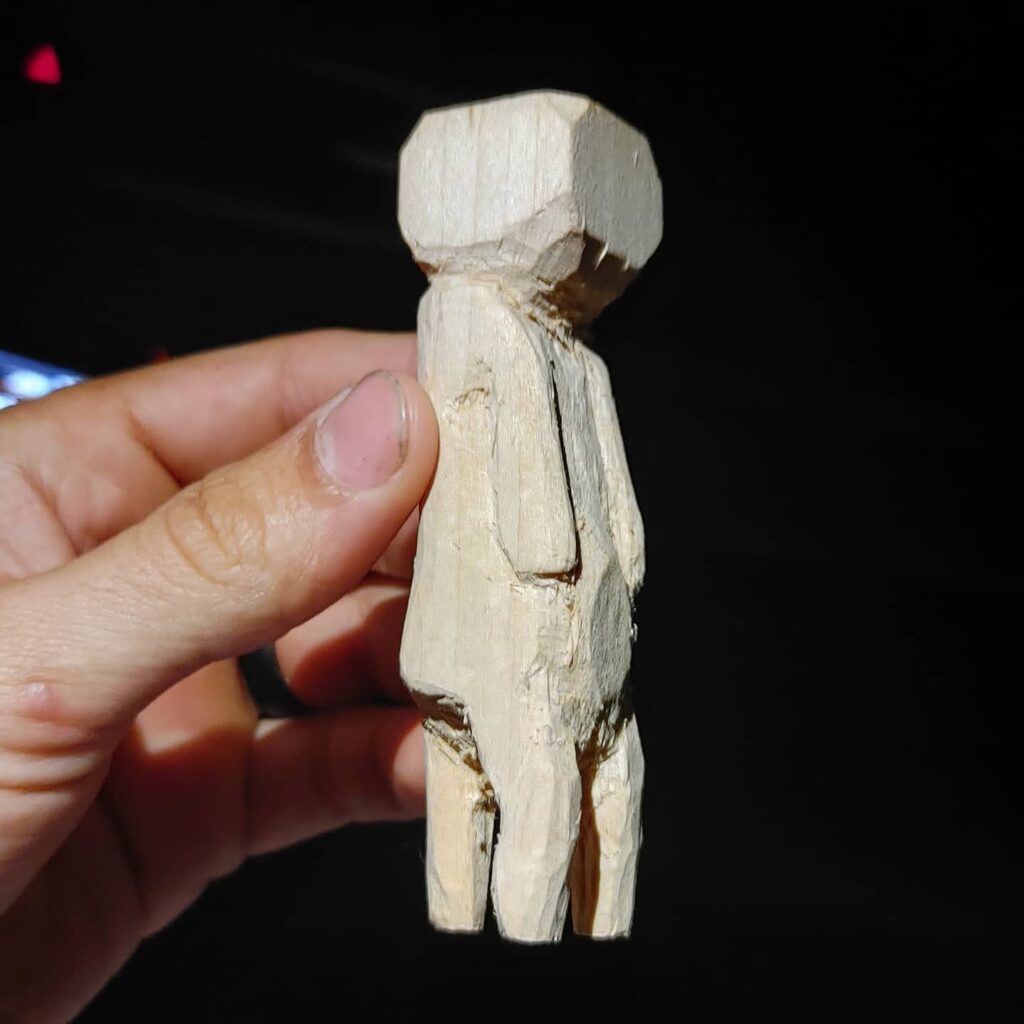
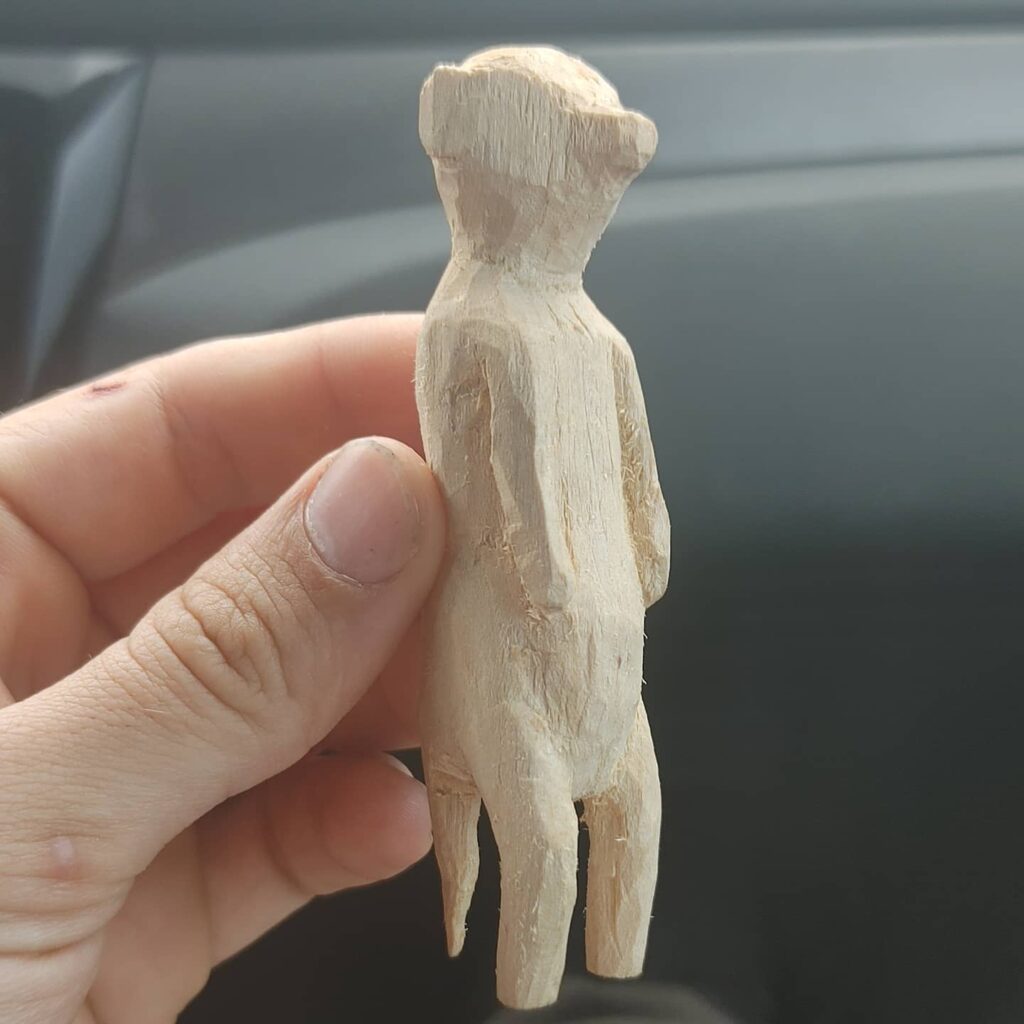
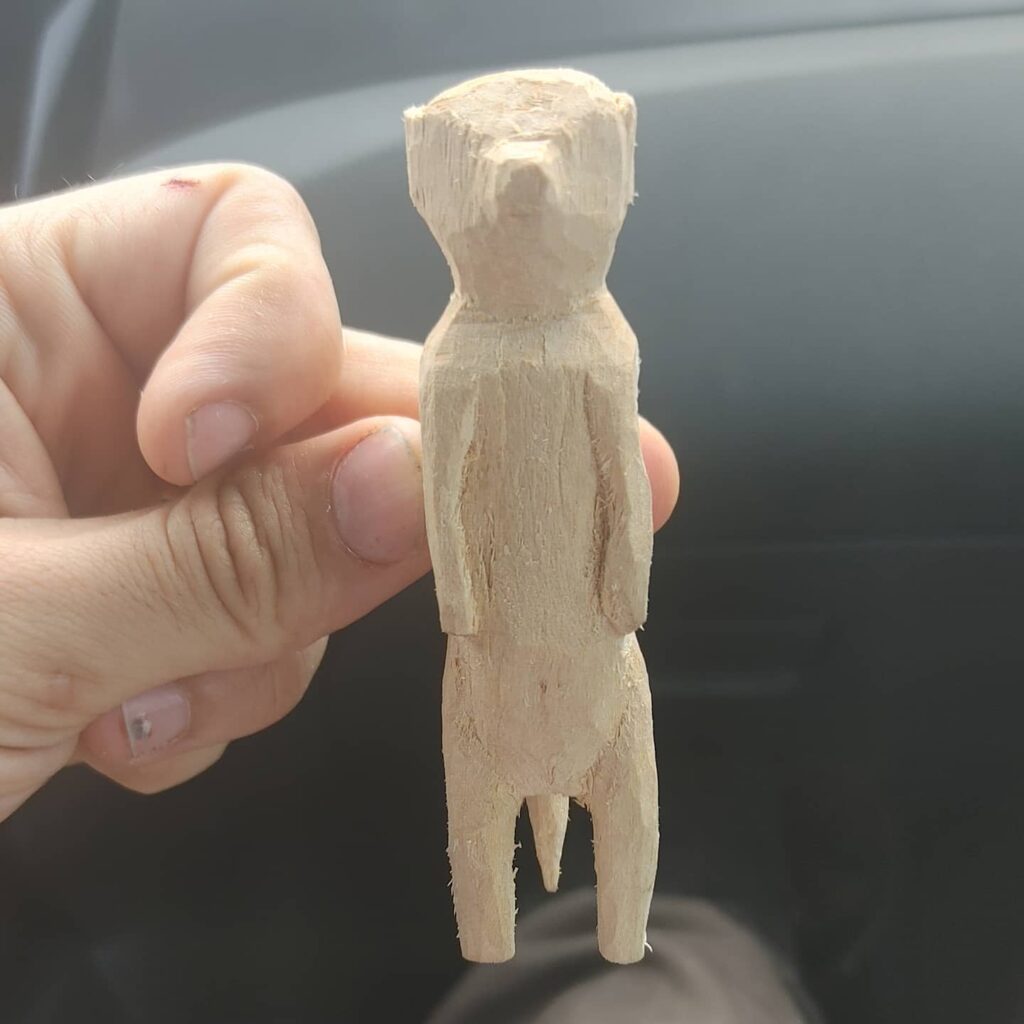
Whittling is a slow art that rewards patience more than perfection. It keeps your hands busy and your mind at ease. You can do it almost anywhere—on the porch, at your desk, or by the fire. Each small curl of wood is a step toward something you made yourself.
The appeal of whittling is its simplicity: one knife, one piece of wood, endless ways to express creativity.
What Makes a Good Whittling Kit
A good beginner kit should be sharp, safe, and comfortable to hold. Avoid bargain sets with dull blades or rough handles—they’ll make learning harder and can cause accidents. Instead, look for kits that include:
- A detail knife for precision cuts.
- A roughing knife for shaping larger areas.
- A strop or polishing compound to maintain sharpness.
- Basswood blocks, soft and forgiving for new hands.
- Optional safety extras like finger tape or gloves.
Recommended Whittling Kits for Beginners
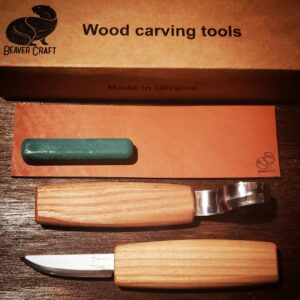
The BeaverCraft S15 Whittling Kit is a top choice for anyone serious about starting right. It comes with three high-quality knives, a leather strop, polishing compound, and basswood blocks. The knives arrive sharp and ready, with comfortable oak handles that fit well in the hand. This kit offers a smooth start and grows with you as your skills improve.
If presentation matters to you, the Elemental Tools Wood Carving Kit combines practicality and polish. Each knife is pre-sharpened, the kit includes safety tape, and everything fits neatly in a wooden box. It’s ideal for gifting or keeping your tools organized between carving sessions.
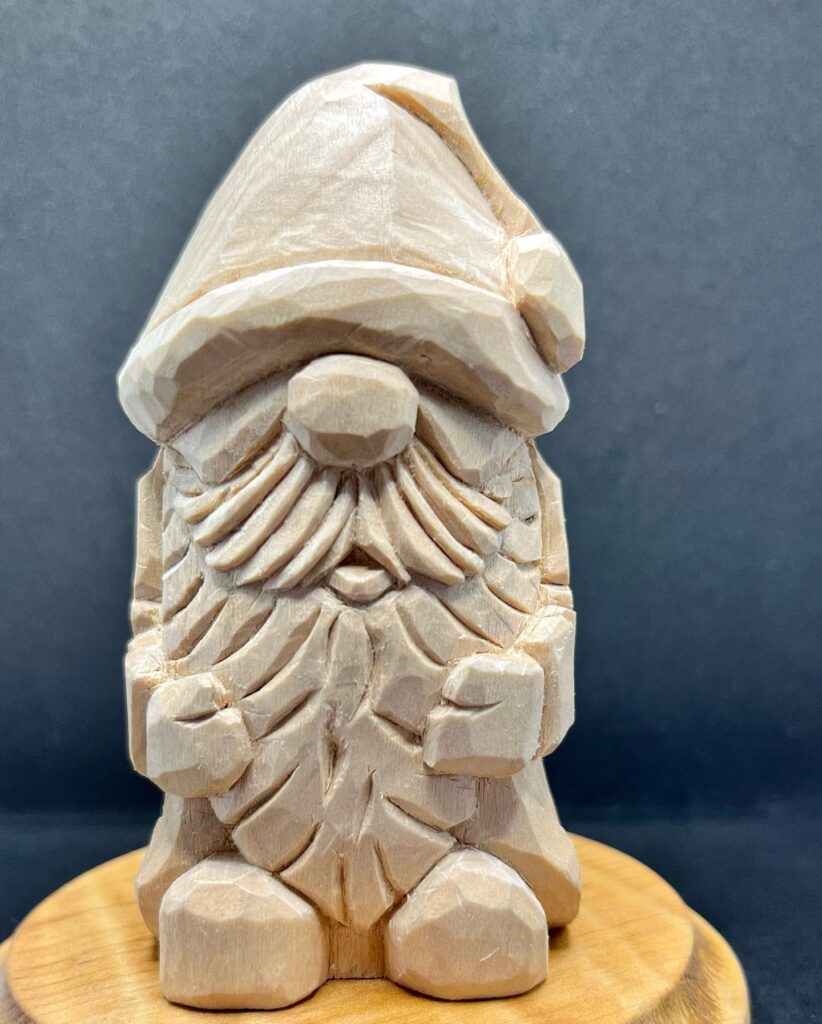
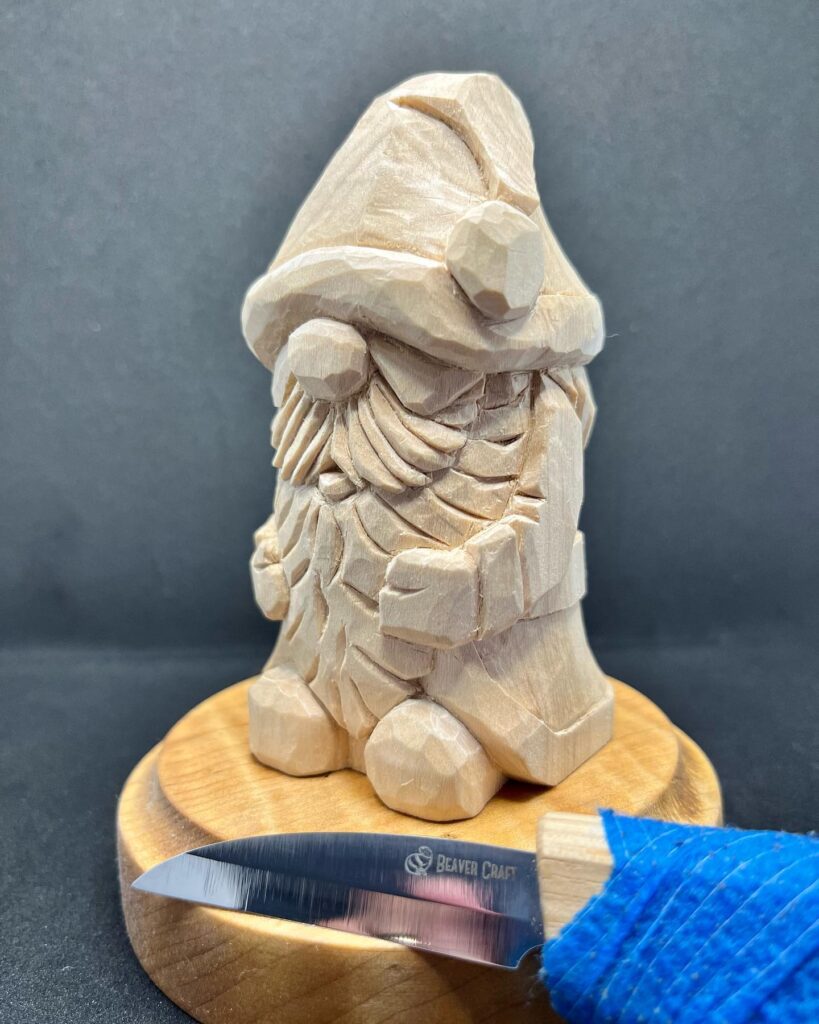
For those who prefer to start with a lower investment, the Gimars 12-Piece Wood Carving Tools Set is a smart entry point. It offers a wide range of tools for shaping, chiseling, and experimenting with different carving styles. The steel holds its edge well enough for practice, and the handles are shaped for comfort.
Start Small and Learn the Feel of the Knife
Begin with a simple project—a heart, a small spoon, or a mushroom. The goal is not to create something perfect but to understand how the knife moves with the grain. Keep your hands relaxed, carve slowly, and remember to strop your knife often. Each pass improves your control and confidence.
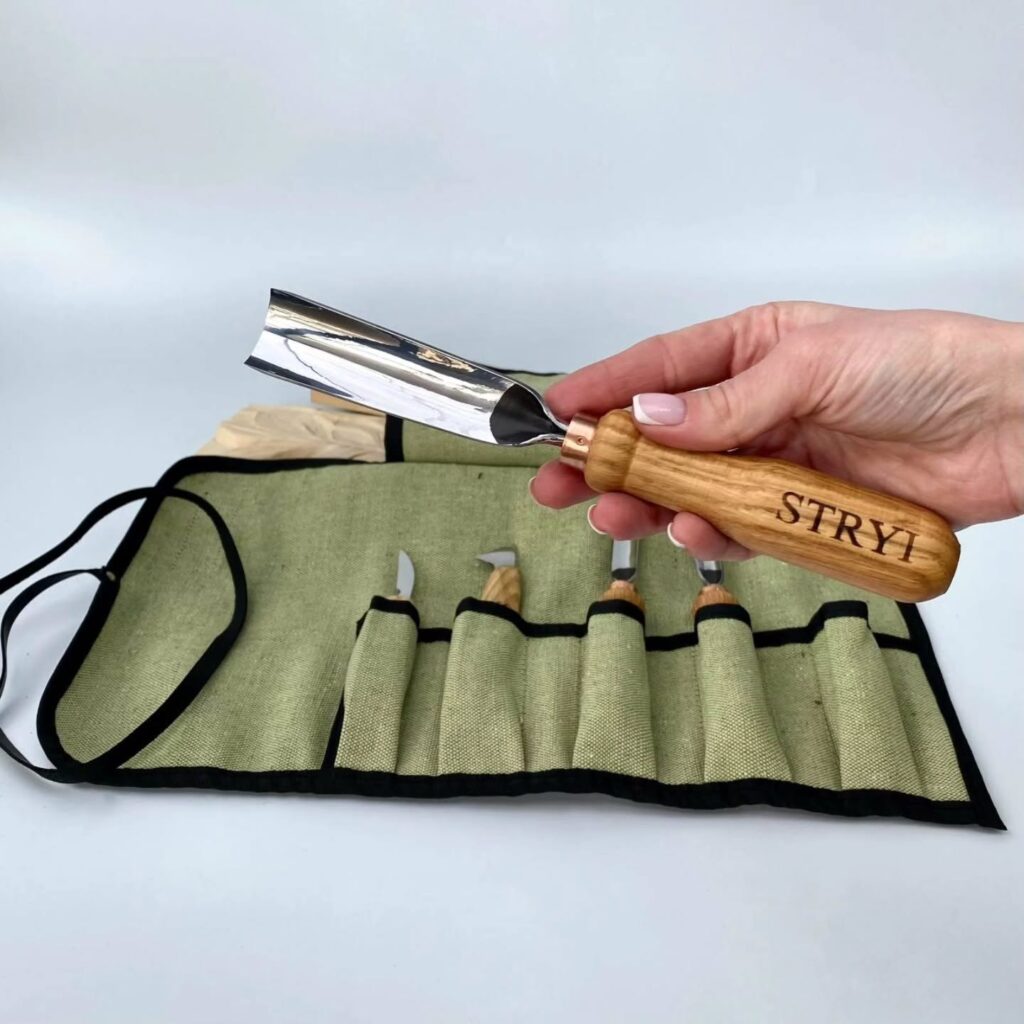
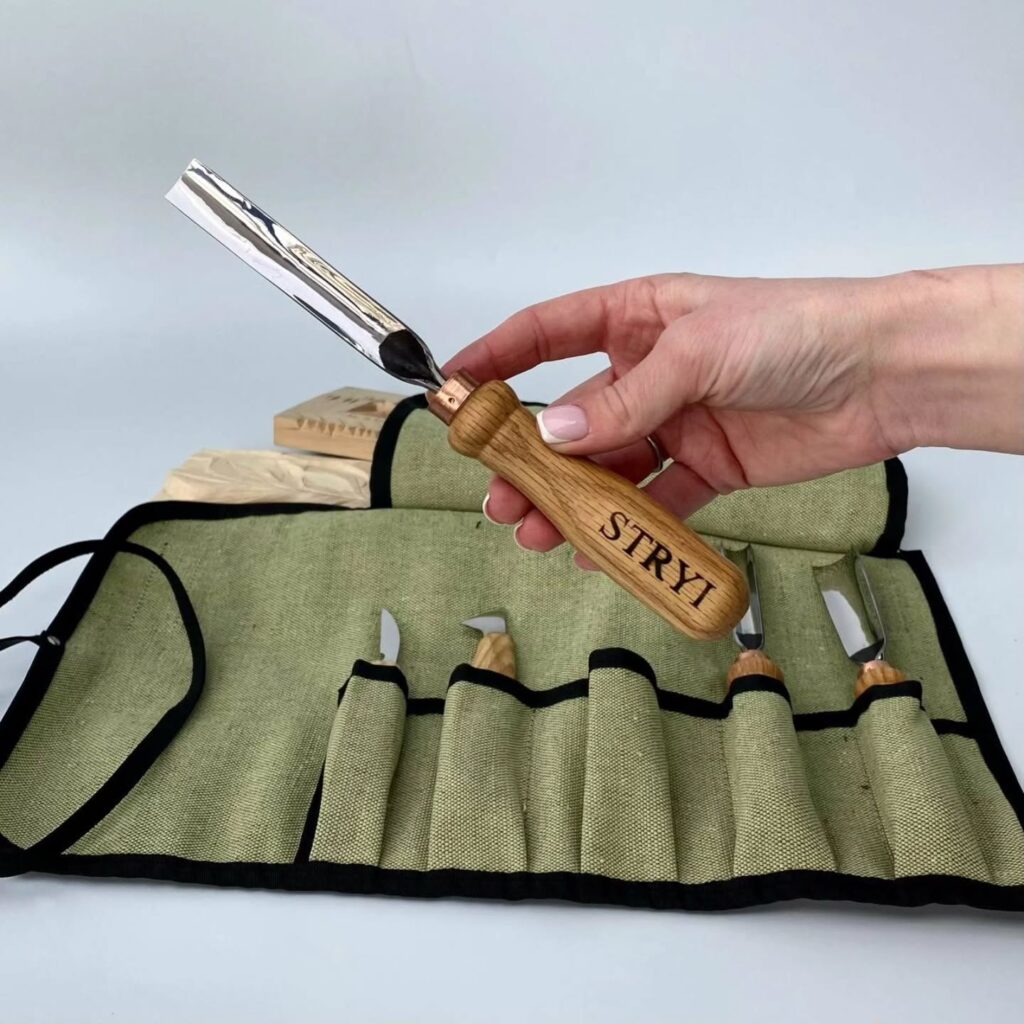
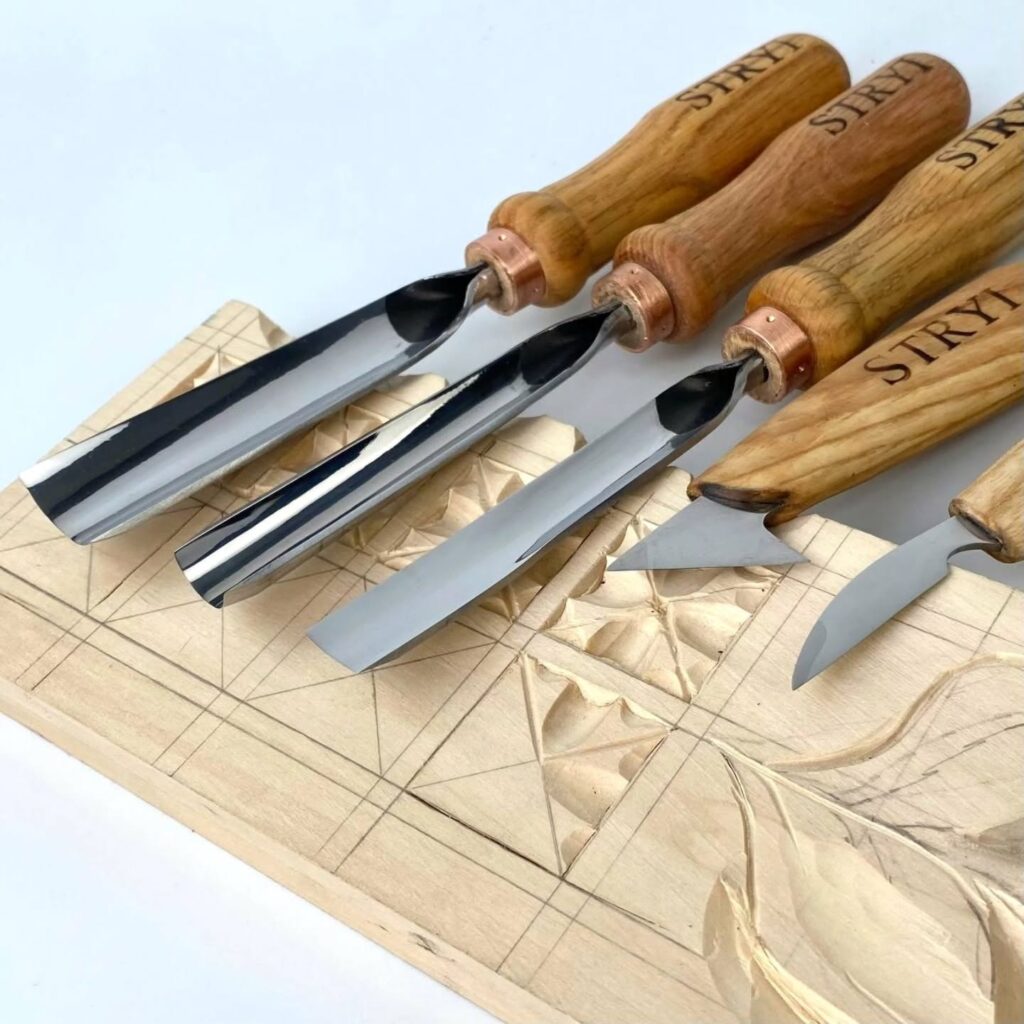
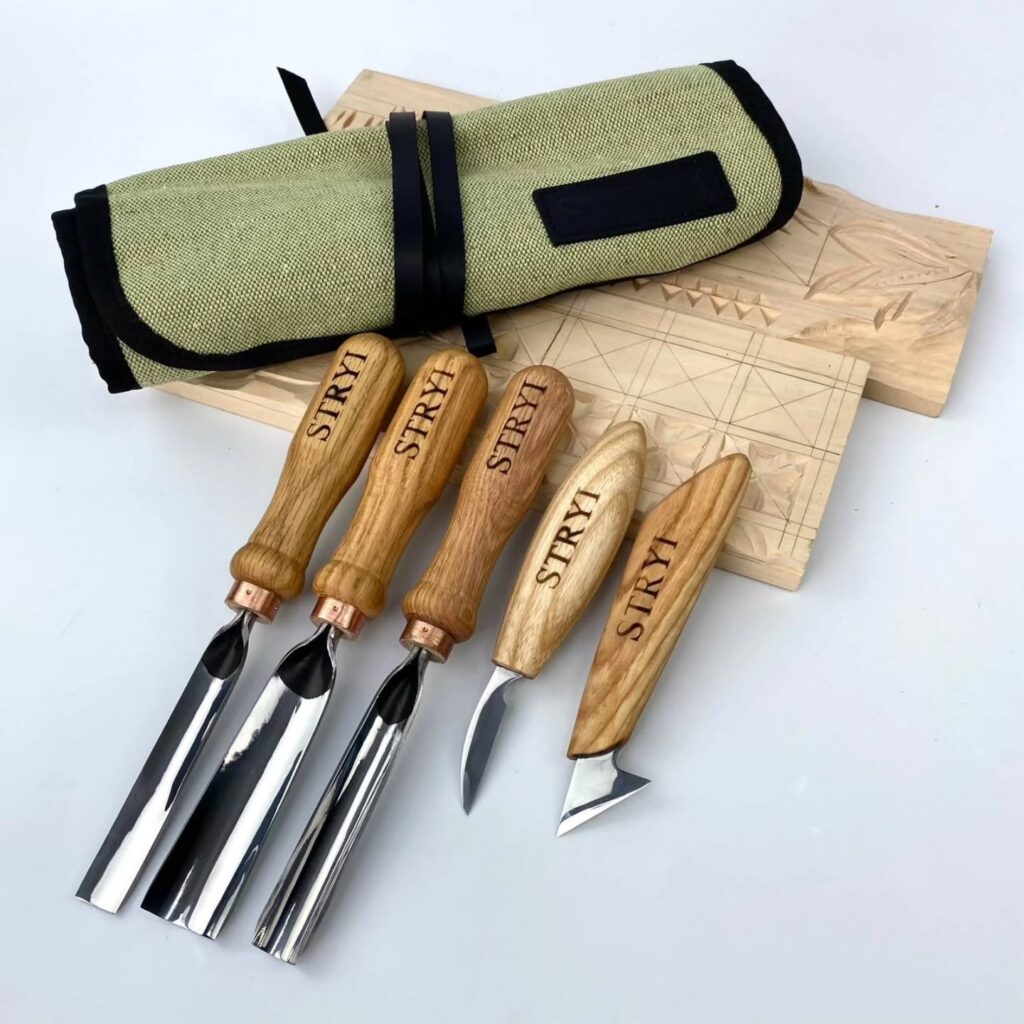
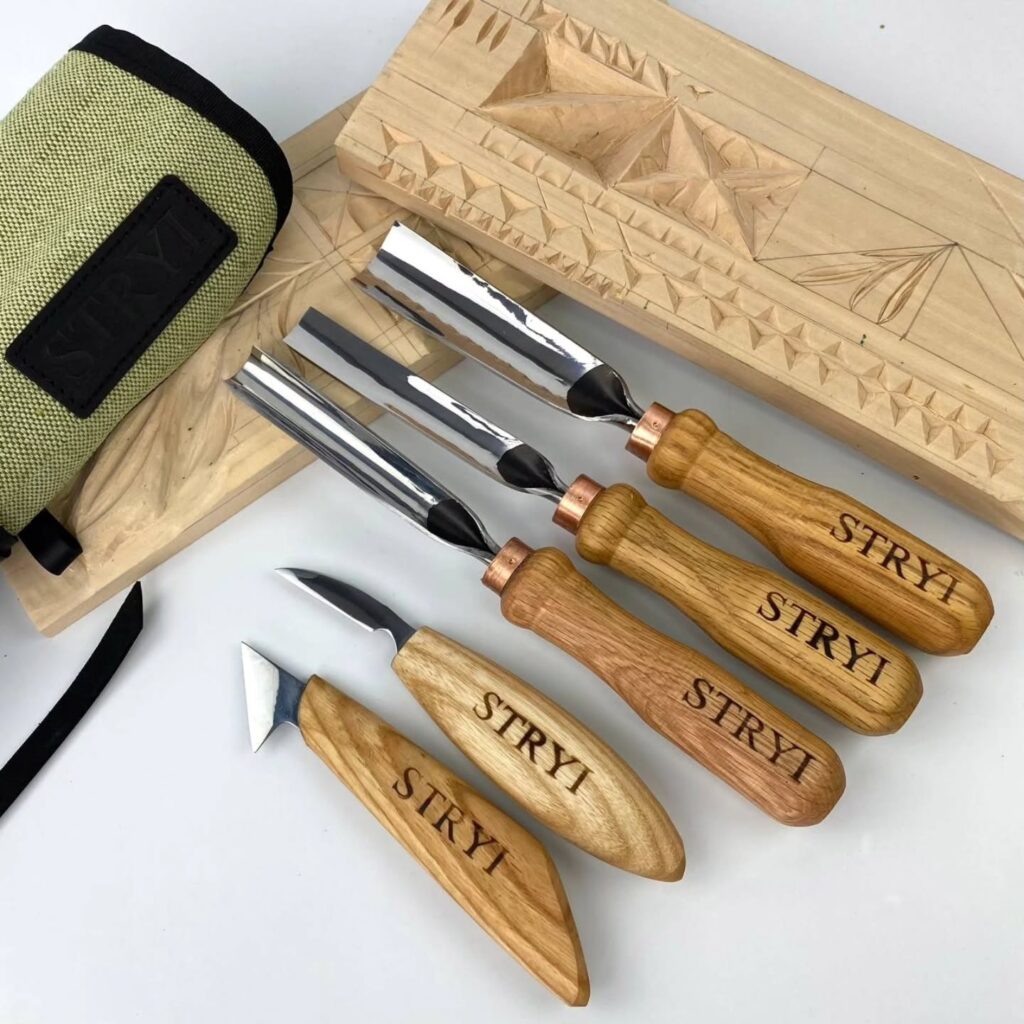
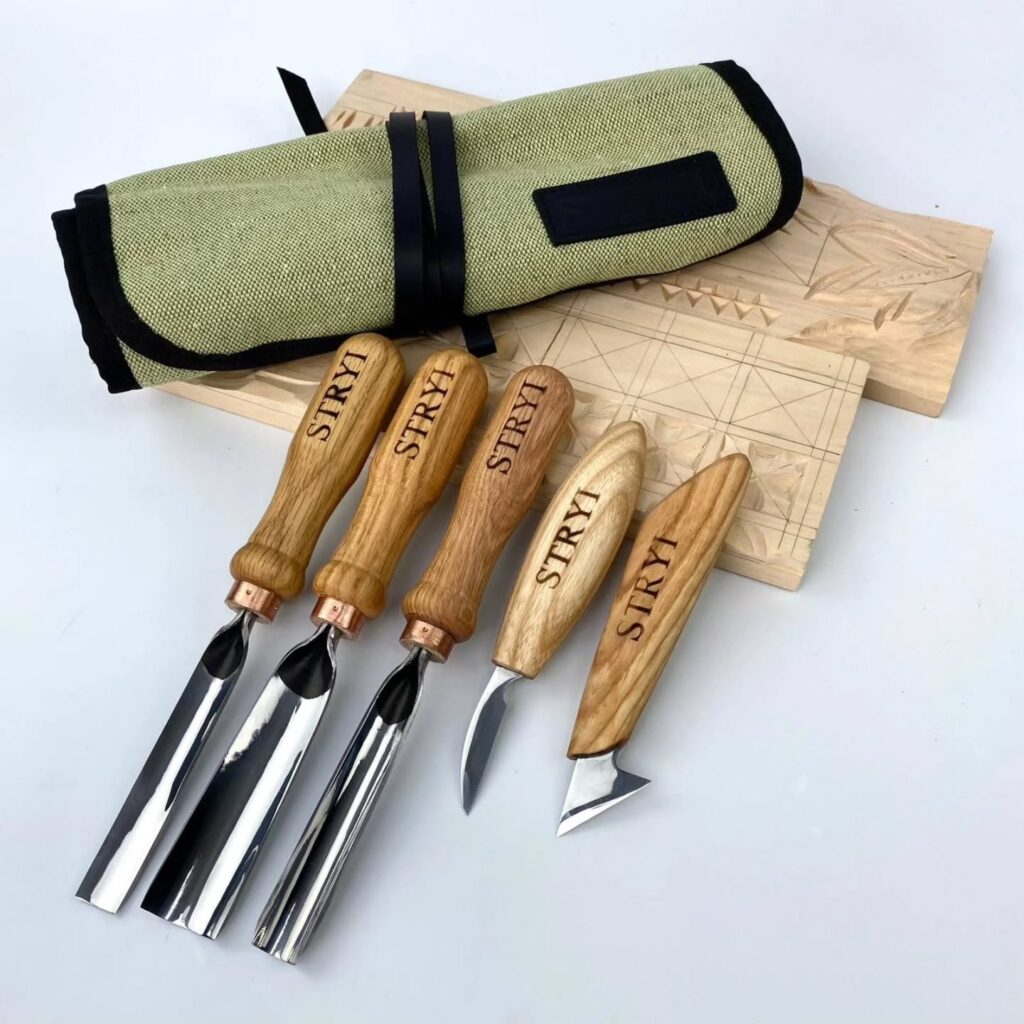
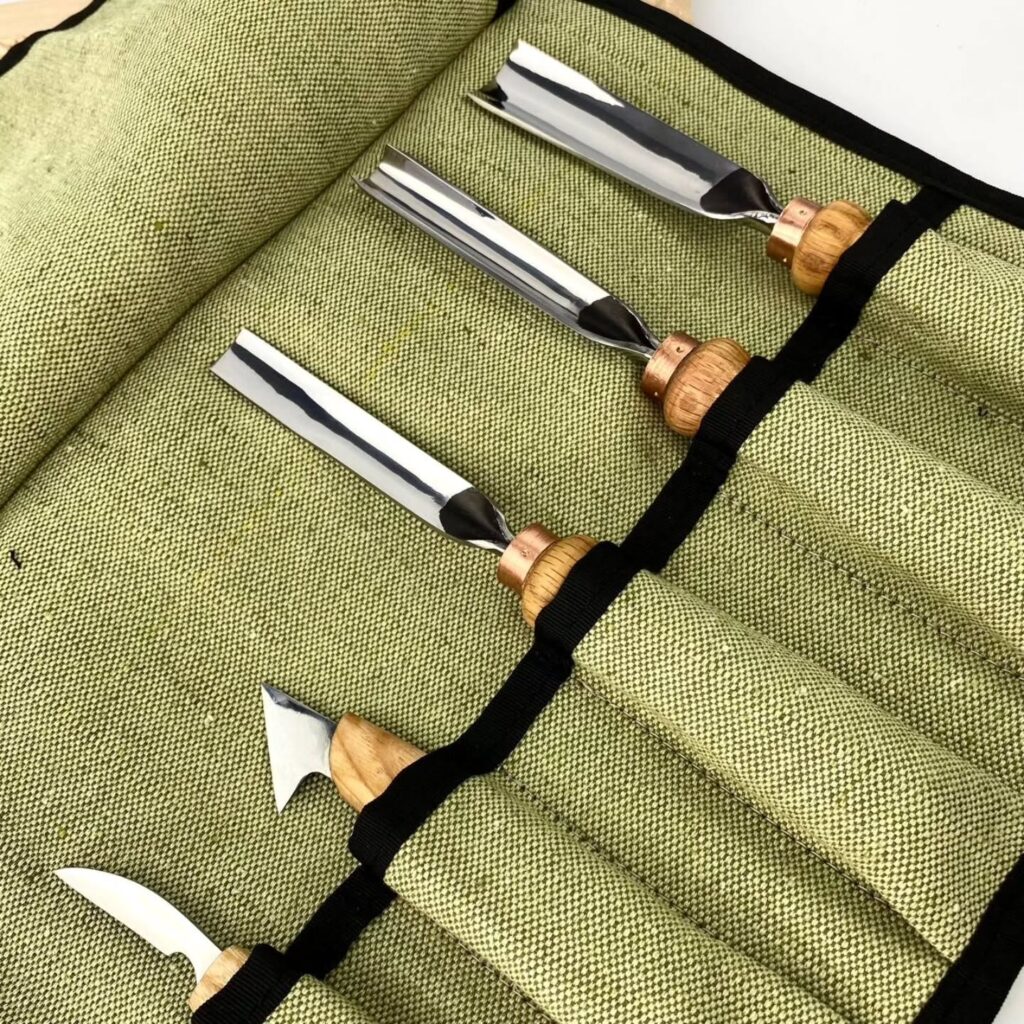
Safety Matters Most
Always carve away from your body, and protect your fingers with tape or gloves when possible. Keep your tools sharp; dull blades are more likely to slip. Take breaks often and carve in good light so you can see the grain and avoid strain.
For dependable hand protection, consider a snug, cut-resistant glove on your non-knife hand such as the NoCry Cut Resistant Gloves, the lightweight Dowellife Cut Resistant Gloves, or the carving-specific BeaverCraft Wood Carving Gloves CRG. These options balance dexterity with cut resistance, making them a smart add-on to any beginner kit
Whittling Is About the Journey
Whittling isn’t about speed or competition. It’s about the calm satisfaction that comes from creating something real. Every mark on the wood is part of your learning curve. With time, your hands will remember what your eyes imagine.
So pick your kit, find a quiet spot, and start today. Every great carver began with a single cut.